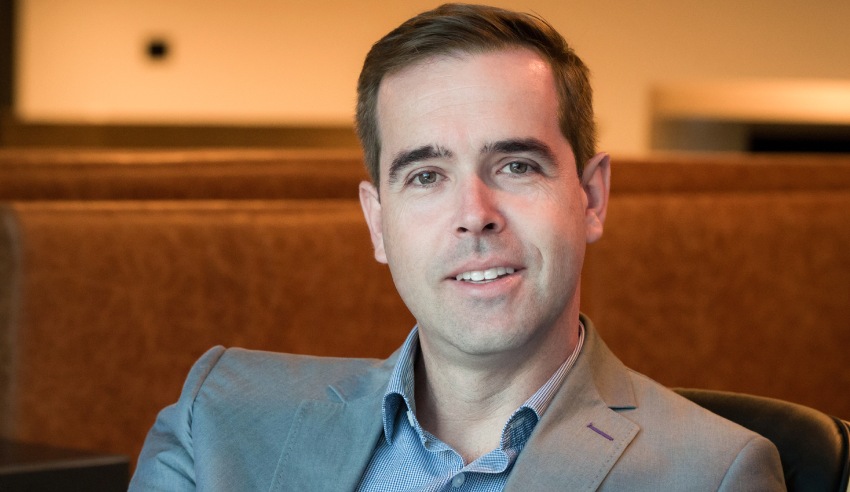Instead of taking too strong a stance on how and where lawyers should be working, firms must appreciate that there is a “complex hierarchy of needs to be recognised”, says one professional.

Recently, Lawyers Weekly explored the idea that lawyers could take a pay cut in exchange for permanent working-from-home arrangements, following the example of UK-based BigLaw firm Stephenson Harwood.
“While it is understandable that firms need to develop consistent policies, lawyers are practiced at making good decisions based on client requirements, which means that any rigid policy is unlikely to work,” he argued.
“There is a complex hierarchy of needs that needs to be recognised, so while policies are great as a guideline, depending on where you are in your career at the firm, or which practice you work in, a legal professional’s way of working may vary week to week.”
This post-pandemic context, Mr Pole submitted, actually presents firms with a unique opportunity “that may be unique to law”.
“For an industry that employs one of the best and most accurate measures of productivity (the chargeable unit), approaching staff from a position of trust makes a lot of sense. Since firms are measured by output rather than presence, a flexible policy that truly reflects the trust a firm puts in their people is likely to be a success,” he posited.
“So, if leadership can think beyond the expected days people ‘should’ be in the office and focus more on how each role supports others within the firm and engages with clients, that’s a good first step. It’s about creating a flexible mindset that recognises the shifting needs of the client and firm, as well as its established culture and hierarchies.”
‘No buzz’
On the whole, the past decade has seen increased volumes of flexible working arrangements, Mr Pole said, with less concern “around the ‘when’ of work”.
“But what we’re now seeing is an expectation from employees of greater control over where they work from. This won’t work for all practice areas, or for all levels of seniority,” he warned.
A survey conducted by Unispace, of 1,000 workers in March 2022, found that 32 per cent of professionals do not want to return to the office “because there’s ‘no buzz’”.
Given this, Mr Pole said, “firms are having to think creatively about how to entice people back in”.
“They’re working hard to dissolve any barriers, so that they can return to that dynamic, high-performing team space that engages and inspires.”
Of course, more and more law firms are already considering their options with regards to flexible arrangements.
“Some practice areas might be better suited to digital-first or highly flexible ways of working – for example IP law and family law. But for the vast majority of practices, this won’t be viable long-term, due to the spontaneous and ad-hoc nature of information sharing pertinent to the matter at hand that occurs within the typical working day, which can only be developed when people are in the same place.”
A happy compromise
When asked how best employers and employees can strike the right balance as we move out of the global pandemic, Mr Pole said that he thinks it is important to recognise that the value of being physically together is more important now than ever, with new people joining firms every day.
“However, among teams who have worked together for years and have an established rhythm and way of working, they can work with less physical proximity, and would be more comfortable working remotely,” he added.
“The key thing is that the degree of flexibility and remoteness align with those rhythms, and firms need to understand that one policy will not capture all of these nuances. This is where employers and employees can work together to find a compromise.”
The fact is, Mr Pole said, that every economic cycle sees a swing in power towards or away from employees.
“Right now, unemployment is low, salaries are elevated, demand for annual leave is high. And, in our work across strategy, design and construction, we have found that the quality of the work environment does have a significant impact on whether the employee is attracted – and retained – by a given firm.
“In these cycles, people are making choices in terms of a firm’s brand, the overall package, and the work environment – it’s one of the key things people ask about when they are considering a new opportunity. It’s bringing to the surface the workplace itself as a key differentiator for talent,” he said.
Steps to take
Ultimately, it is fair to say, Mr Pole noted, that there is “hesitancy towards change” in the legal profession.
“Firms often race to be second, and they are very aware of what their counterparts are doing in these areas,” he said.
“So, for any firm to take a strong position on flexible work is a bold move – it takes considerable consultation to get to that point.”
He suggested that, in order to ensure the right balance, firms really need to do three things: “understand what competitors are doing, and benchmark against that; [have] consultation within the firm, always with a client-first ethos; and [engage in] consistent, frequent communication on any new policies and processes”.

Jerome Doraisamy is the managing editor of professional services (including Lawyers Weekly, HR Leader, Accountants Daily, and Accounting Times). He is also the author of The Wellness Doctrines book series, an admitted solicitor in New South Wales, and a board director of the Minds Count Foundation.
You can email Jerome at: